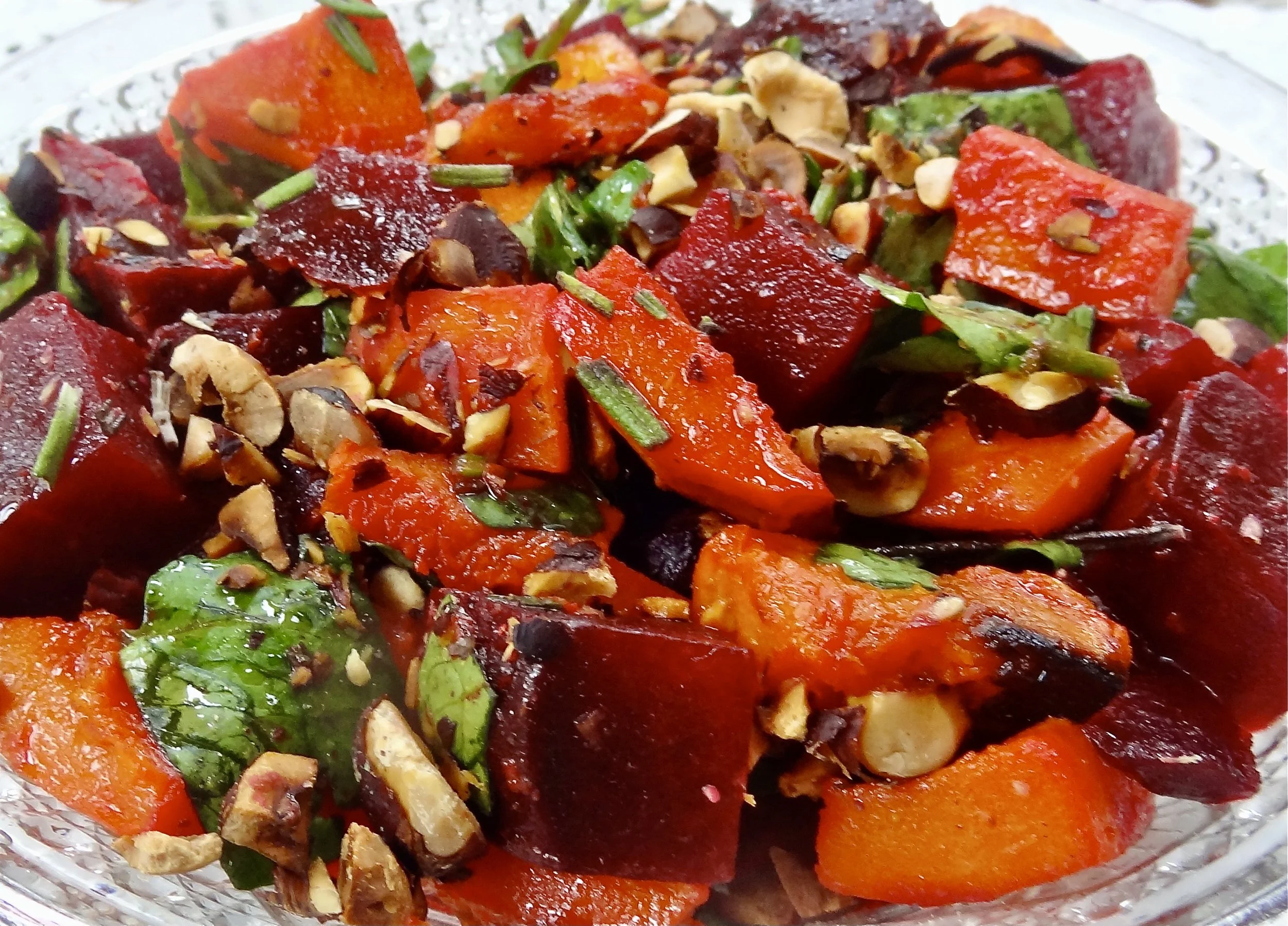Quinoa Salad with Broccoli, Yellow Squash and Tomatoes
Health and nutrition experts try in earnest to get everyone to eat more whole grains. I guess that’s a convincing message for some people, but for those of us who love food, the better reason is that ingredients like farro, bulgur wheat, oat groats and so on, are incredibly versatile and we can make them into wonderful things to eat.
I use cooked whole grains a lot because there is so much to do with them that my food is less likely to get boring. So — I put them into soups, side dishes, risottos, pilafs, and on and on — just as, in the old days, I used to use rice.
Now that warmer weather has arrived, there are going to be more salads on my menu. Cooked whole grains with: raw and cooked vegetables and/or fruit, maybe some nuts added. Mix in vinaigrette and it’s done.
So easy.
Quinoa isn’t a whole grain. It isn’t even a grain. It’s a seed.
But it looks and cooks like grain. It’s filling like a grain. And is as versatile.
So quinoa salad will be on my menu more often now too, starting with this one:
Quinoa Salad with Broccoli, Yellow Squash and Tomatoes
1 cup quinoa
1 stalk broccoli, cut into bite size pieces (about 2 cups)
3-1/2 tablespoons olive oil
1 medium yellow squash, cut into bite size pieces
4 scallions, chopped
1 clove garlic, finely chopped
1 cup cut up grape tomatoes
3 tablespoons lemon juice
salt and freshly ground black pepper to taste
Place the quinoa in a strainer and rinse thoroughly with cold water. Let drain. Bring 1-3/4 cups water to a boil, add the quinoa, stir, lower the heat and simmer, covered, for 10-12 minutes, or until all the liquid has been absorbed. Remove the pan from the heat and spoon the quinoa into a bowl to cool. While the quinoa is cooking, cook the broccoli in simmering water for about 3-4 minutes or until tender. Drain, let cool and add to the quinoa. Heat one tablespoon olive oil in a sauté pan over medium heat. Add the squash and scallions and cook for 2-3 minutes to soften the vegetables slightly. Add the garlic and cook briefly. Spoon the vegetables into the bowl with the quinoa. Add the tomatoes and toss ingredients to distribute them evenly. In a separate bowl, combine the lemon juice, remaining olive oil and salt and pepper to taste; mix well. Pour over the quinoa mixture and toss. Let rest for at least 15 minutes before serving. Makes 4 servings











